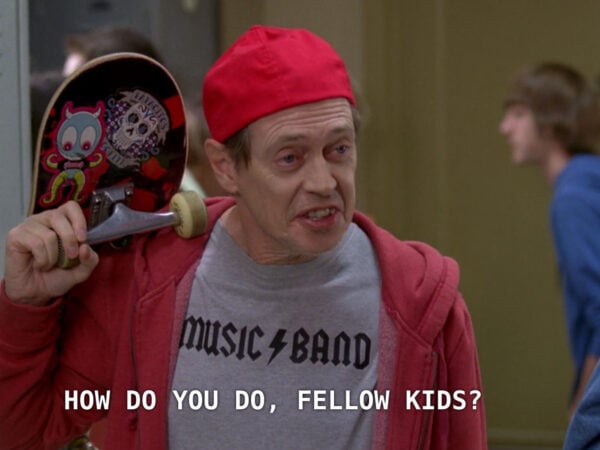Nowadays, it’s easy to run a blog. Simply head to your generative AI tool of choice, insert a prompt, and you’re good to go. But is it really that simple? Spoiler: no. Generated content isn’t as original as something you’ve written yourself. And there’s another thing AI doesn’t take into account: accessibility.
With over 100 million users, ChatGPT is an AI tool that most people know and use. And it’s easy to see why: within seconds, you can be a content writer too. No need to hire other people, which means you can spend your valuable money on other aspects of your business.
Except that’s not really how it works. A computer isn’t human. It doesn’t know your audience the way you do. You might prompt it to sound hip and relatable for people between 18 and 25 who are interested in gaming, but how nuanced will that text be?

Besides, there’s one thing generative AI tools can’t help you with: accessibility.
Know your audience – no, really
Did you know that 1.3 billion people have a disability? That’s 16% of the global population. Chances are at least some of your audience has a disability, too. So have you taken them into account?
Because, let’s face it, AI tools haven’t. ChatGPT is a known perpetrator of biases, and other tools are no exception. They don’t concern themselves with diversity, because they’re not human. But you are. So, tell me: How many people in your audience have a visual impairment? How many are colorblind? Do you know? And, perhaps more importantly, do you care?
Why accessibility matters
An alternative title would be ‘why you should care about other people’, because that’s what it boils down to. Do you want other people to have access to the same information that you do? Then, you’ll want to put in an effort into making your site, blog, and product accessible for everyone.
If that’s not enough reason, then think about your profits. Your clicks. Your traffic. If you haven’t catered to people with disabilities or visual impairment before, they’re essentially an untapped market. Consider people who are colorblind and can’t use your product, for example. By focusing on accessibility, you’ll create an app or product everyone can use. Isn’t that wonderful?
Can’t you have both?
I get it. Time is money, and by using generative tools, you’re saving both. So, is there no hope at all? If we’re looking at content, the answer is: yes, but. You can use AI tools to make it easier to write content. But you should use them as just that: tools.
Let’s look at it this way: by writing content, generative AI will save you time. You won’t have to come up with blog post topics or struggle to write a single paragraph. Instead, you’ll have more time to review and edit and to ensure your content is easy to read for people with disabilities. That’s a win-win, isn’t it?
A few quick tips
Let’s say you’ve generated a blog post. Now, you want to make sure it’s easy to read for people who use a screen reader, for example. Here’s a couple of things you should look out for:
- Keep your sentences short. It’s easier to keep track of the point you’re trying to make if your sentences are short. Between 20 and 25 words is perfect.
- Don’t use acronyms or abbreviations. Screen readers won’t read those like a human would. They spell them out, letter by letter. If you’re writing for your business, this might not be a problem, because it looks more professional if you write it out.
- Make sure images have Alt-Text or Alt Tags. Because that’s what screen readers will read aloud. So, use factually correct and accurate information to describe the images on your blog and site.
If you need more tips, we’ve got a post that discusses how to write good alt texts. The post is about social media, but the information is useful for your site and blog as well.
Conclusion: don’t give AI too much power
Truth be told, the problem with AI tools is how much power people give them. We’ve said it before, and we’ll say it again: they’re tools. You’re meant to use them to your advantage, not let them run wild like a Roomba and trust that they’ll keep your house clean.
Because just like a Roomba isn’t good at cleaning corners (because it’s a circle), generative AI tools can’t create diverse, personal, and accessible content. You’ve got to do at least some of the work yourself. And trust us, it’s worth it!
Read more: Are we digging our own hole with generative AI? »
Source link : Yoast.com

